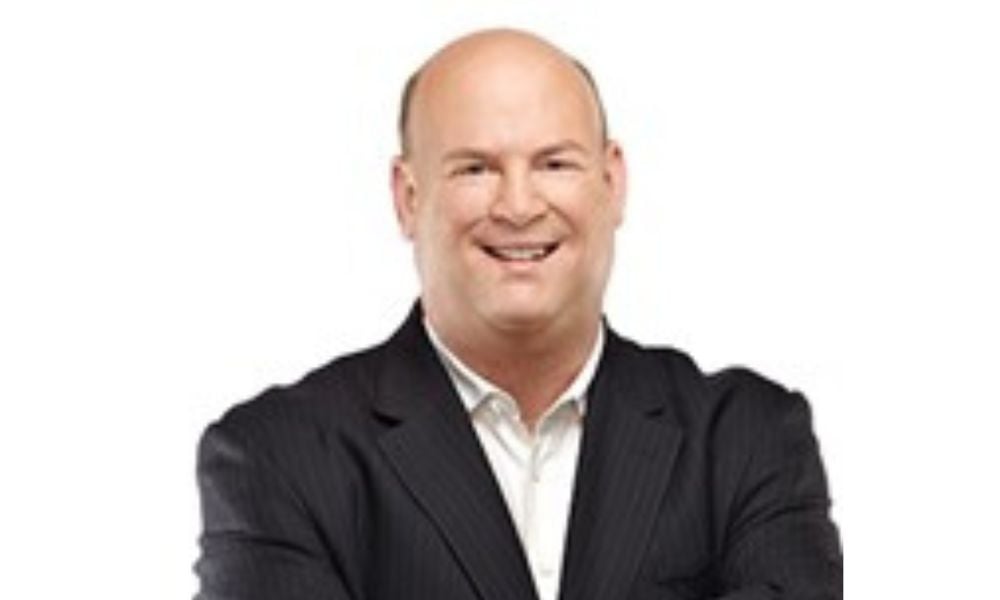Advisor explains how he's helping clients avoid rash decisions as oil prices and property values skyrocket

Scott Starratt hasn’t popped the champagne for his clients just yet. The investment advisor and portfolio manager At Starratt Wealth Management of Cannacord Genuity, has seen a few boom and bust cycles play out in his 25 years working in Calgary. He acknowledges that the town earned a reputation through the 90s and 2000s as a boom town. As the beating corporate heart of Canada’s oil & gas industry, when oil prices were high money flowed and clients felt great. When it dropped, there was a sense of doom and gloom.
In the past few years, however, Starratt has seen a different view from his clients. They’re looking to even out those boom and bust cycles, and asking him for steadier portfolios. That attitude is holding, he says, even as the outlook for oil improves and the Calgary property market booms.
“The mood has changed, there’s not the unbridled spending that you would see before,” Starratt says. “Around town there’s more of a cautious optimism because there are still political, environmental, and economic issues that sit in the back of people’s minds.”
Starratt started noticing this change around 2014/15 when oil prices took a significant hit and Calgary, and the whole province of Alberta, suffered from widespread layoffs in the oil and gas sector. The subsequent shutdowns during the COVID-19 pandemic created a strong living memory of the pain that comes with a bust.
Starratt is hearing that mood change reflected in his clients. If his clients have made recent gains in their energy holdings or their house has gone up in value, they’re asking Starratt about how they can protect themselves and help the next generation. They’re coming up with plans to either pay for their parents’ retirements or ensure their children don’t have to bear the costs of long-term care.
As property values in Calgary continue to climb — driven in part by an influx of Canadians seeking greater affordability than the GTA or Vancouver — Starratt is hearing one of two things. Those with existing mortgages are now coming up with plans to pay down any remaining debt before their mortgages readjust. While that could mean they’re debt free faster, Starratt notes that these plans usually mean hitting pause on long-term investments for a while.
Those clients who own their homes outright are able to enjoy their windfall a little more, but again Starratt isn’t hearing anybody ask for a plan to use that new equity as a piggybank. Rather, his clients are asking him how they can age in place given the costs associated with assisted living or even a downsize.
Humble to his core, Starratt attributes much of this prudence directly to his clients attitudes. However, he accepts that the plans he puts in place go a long way to creating a more long-term and sustainable mindset around investments.
Income is one of the keys to those plans. Starratt explains that his clients’ portfolios are designed to generate enough income for their lifestyles. They want to ensure that day-to-day living can be managed even if equity markets drop, or oil prices fall, or even property values crash.
“When you need $5,000 A month, and the portfolio only generates $3,000, and you're assuming that the other 2000 is going to come from, growth in investments,” Starratt says. “If the investments don't grow for a few years you're essentially taking from principle and that's not a good feeling at all.”
When clients express worry or concern to Starratt — something he notes is all the more common in a 24/7 information cycle — he is able to point to their plan. He can show that through a combination of bonds, preferred shares, private debt, fixed income and GICs his clients are getting enough real income to sustain themselves even if the risk assets in their portfolios aren’t performing as well.
Starratt has been building his income-focused approach since the days Calgary really behaved like a boomtown. In the leadup to the oil crash of 2014, he transitioned his practice away from stock picking towards professional management and learned more about alternatives. The returns his clients got from their managed portfolios, and the income they received from alts, helped show them that a more sustainable approach could mitigate the negative side of a boom bust cycle.
Now as advisors face a different market environment, one with higher for longer interest rates, Starratt says it’s time to begin a learning process again. If advisors can learn about asset classes they might not be as familiar with, they can help a client base that is increasingly searching for income, capital preservation, and sustainable returns.
“If you haven’t already, now is the time to start researching other areas that can achieve income [for your clients],” Starratt says. “Those might not just be traditional bonds. Focusing on some other income-paying investments can take time, but the outcome is you end up giving your client a much more sustainable income stream and the potential for a lower risk portfolio.”



